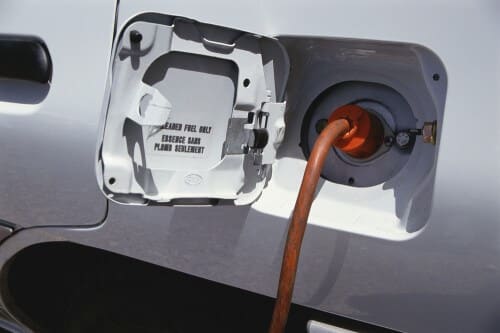A unique self-healing polymer intended for coating lithium batteries in electric vehicles, may extend the life of the battery.

By: Maya Givon
A unique self-healing polymer intended for coating lithium batteries in electric vehicles, may extend the life of the battery.
In Israel the electric vehicles encountered difficulties, in the wider world the electric car is gradually establishing itself as a clean and comfortable alternative to the normal car, driven by fuel of all kinds. One of the prominent advantages of the electric car is the relative simplicity of the drive system, and as a result - simple maintenance compared to its more polluting counterparts. A significant leap forward will be possible when the electric battery can also, in imitation of nature, help repair and maintain itself - as researchers in a research team from Stanford University strive to achieve.
The team researched different polymers, with the aim of developing a durable and flexible material that will be used as a coating for electronic devices in the fields of robotics and prosthetics. In the polymer they developed, they created a unique ability to "self-repair" precisely by weakening some of the bonds between the molecules that make it up. The weakening of the bonds created a flexible material that disintegrates relatively easily, while the ends of the molecule are attracted to each other (by an opposite electric charge) and complete the quickly formed fragments.
This feature made the polymer particularly suitable for coating lithium batteries for electric vehicles. Today, silicon is the common material for coating batteries of this type, due to its ability to store ions and release them. However, the silicon expands and contracts while the battery is being charged and discharges the ion charge - a fact that eventually leads to the erosion of the coating and the appearance of cracks.
An experiment of the new polymer in the laboratory showed that it fuses the cracks that form in it within a few hours, without losing its ability as a coating that helps the battery's operation even after a hundred charge and discharge cycles. However, the durability of silicone is still much higher. The researchers set a goal of meeting 3,000 charge and discharge cycles of a battery without damaging the coating polymer. Success in the task will lead to a significant extension of battery life, reducing the need for expensive maintenance operations and the use of many chemicals, some of which are not friendly to humans and the environment.
Source of knowledge

2 תגובות
The beauty of an article
http://www.gili1.co.il
exciting!